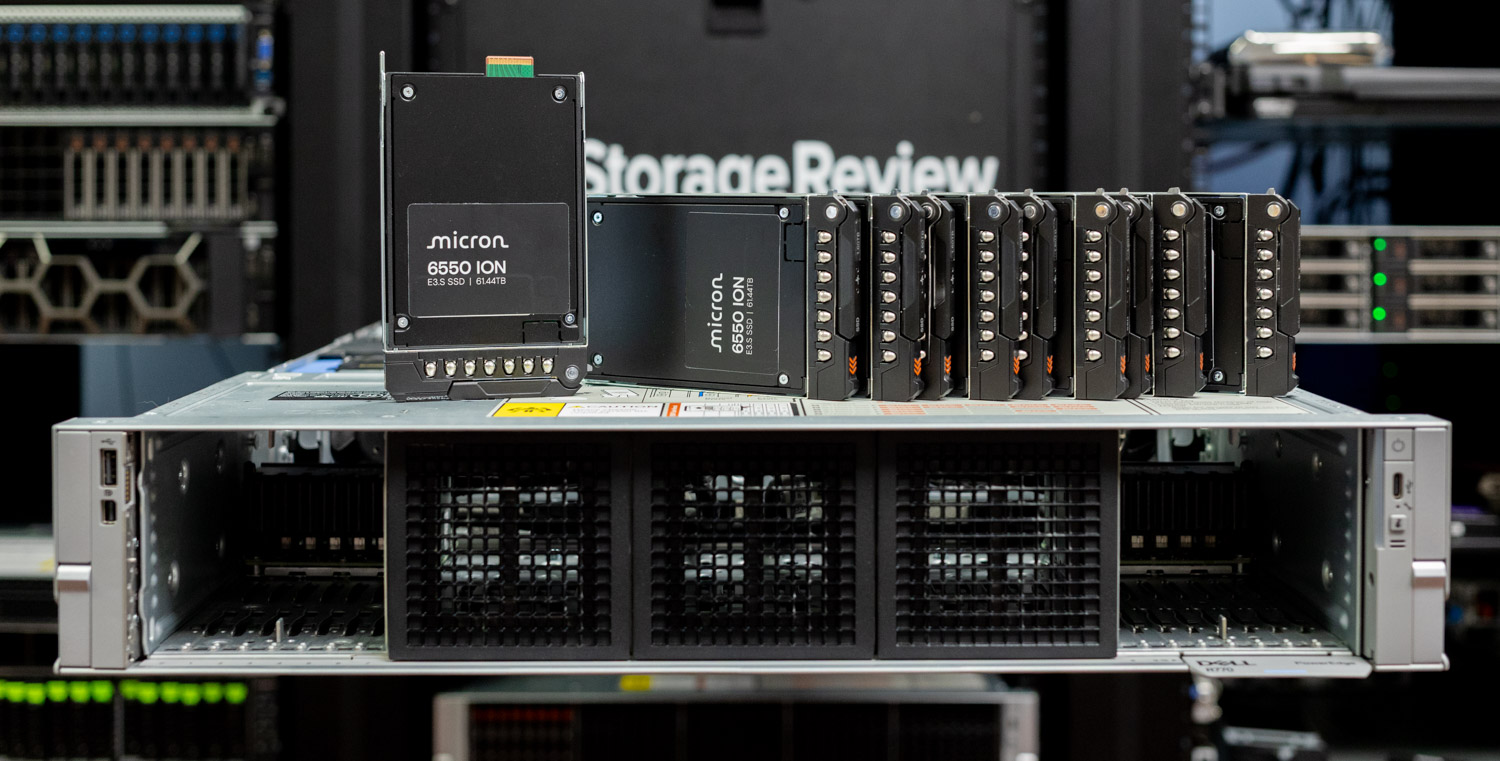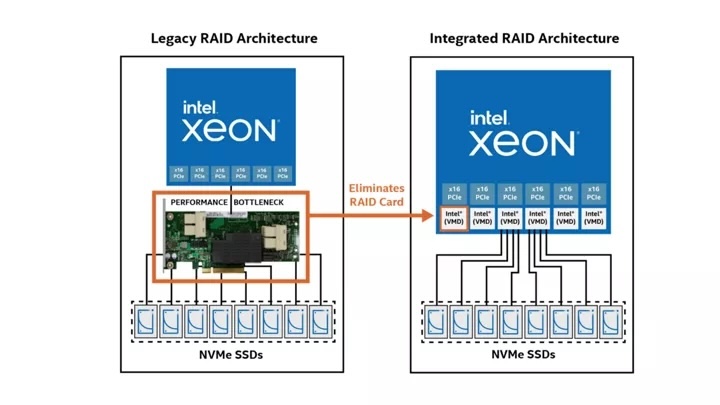Graid Technology announced a global licensing agreement with Intel Corporation to develop, market, sell, and support Intel Virtual RAID on CPU (Intel VROC). The move positions Graid to deliver a unified, high-performance RAID portfolio that combines CPU- and GPU-based architectures, squarely aimed at modern data center demands across AI, HPC, and enterprise workloads.
By consolidating VROC leadership with the SupremeRAID product line, Graid is aligning its roadmap with the storage performance profile of next-generation servers and NVMe-heavy configurations.

Broader Deployment
In today’s data-driven economy, the value of data depends on resilience and quick insights. Traditional RAID setups often can’t meet the demands of latency-sensitive and high-throughput applications that are now common in enterprises. By integrating Intel VROC with SupremeRAID, the first GPU-accelerated RAID system designed for high-performance tasks, Graid broadens its deployment possibilities. This combined solution enables organizations to customize RAID configurations based on workload needs without sacrificing data protection, ensuring steady performance from standard enterprise apps to intensive AI and HPC processes.

Graid has secured global authorization to develop, market, sell, and support Intel VROC. This is more than a distribution agreement; it designates Graid as the steward of the technology and its roadmap. In parallel, the company is positioning a unified RAID portfolio that gives customers clear choices: CPU-based RAID via Intel VROC, GPU-based RAID via SupremeRAID, or a hybrid strategy tuned to specific application profiles and infrastructure constraints. As part of the transaction, support and roadmap responsibilities for Intel VROC will transition to Graid upon close, expected by the end of the year. Both companies are committing to a seamless handoff, with regular updates and transparent communication with customers.
Strategic Fit
Choosing the right architecture is crucial for strategic value. CPU-based RAID with Intel VROC offers an integrated, low-overhead solution ideal for enterprise needs, such as simplicity and firmware management. GPU-based RAID with SupremeRAID boosts I/O for AI, HPC, and analytics by offloading parity calculations and improving parallel I/O. Combining these reduces RAID bottlenecks such as latency, CPU overhead, and scaling limits. Graid’s support for VROC helps enterprises simplify management by consolidating vendors for both CPU and GPU RAID, easing lifecycle, procurement, and upgrades.
Data center operators can achieve lower latency and higher throughput by aligning protection schemes with device-level parallelism and modern interconnects, thereby enabling better utilization of NVMe SSD performance ceilings. Deployments can be tailored to the environment: CPU-based RAID, where integration and operational simplicity are paramount, and GPU-accelerated RAID, where maximizing throughput and exploiting parallel I/O paths is critical to application performance.
Mixed environments can be fine-tuned for cost, performance, or both, enabling teams to select the appropriate tool for each workload level. This results in better return on infrastructure investment through increased storage efficiency and reduced CPU contention, enhancing overall server utilization, speeding up insights, and sustaining enterprise-grade resilience without the drawbacks of legacy RAID configurations.
Graid Technology’s CEO, Leander Yu, emphasized their commitment to advancing the VROC legacy while delivering top-tier data resilience and performance. He highlighted the practical benefits of their unified offering, enabling customers to choose between CPU- or GPU-based RAID to optimize data, accelerate analytics, and improve productivity.
Intel’s Bryan Jorgensen described the partnership as a significant enhancement to Intel VROC, leveraging Graid’s RAID expertise to remove traditional bottlenecks and deliver higher, predictable performance, with Graid supporting VROC development.
Transition
The closing is expected by the end of the year, after which Graid will manage customer support for Intel VROC and handle future development. Both companies have agreed to provide regular updates and transparent communication to reduce operational disruptions. For current VROC users, the goal is to ensure continuity with a clear plan, while new customers will have a single contact point for both CPU-based and GPU-based RAID solutions.
Bottom line
This VROC agreement merges two complementary RAID paradigms into a single framework. It offers a practical, performance-oriented strategy for safeguarding and speeding up data across diverse workloads, without imposing a one-size-fits-all solution. The unified roadmap provides customers with flexibility and room for expansion in this NVMe-dense, AI-focused infrastructure.




 Amazon
Amazon